If you’re someone who says that B2B content marketing is not different from B2C content marketing because both cater to people—you’re partially right.
Both B2B and B2C deal with people but the spectra of the audience you deal with as a Marketer differ. A 180-degree shift, I’d say.
Creating content with Pride-and-Prejudice-level vocabulary will not help you reach the right target audience and move them toward making a buying decision. It needs a systematic approach and that’s where a B2B Content Marketing Funnel comes in.
Spoiler Alert: The B2B content marketing funnel is not linear because a buyer’s journey hardly is. So, it boils down to meeting the audience halfway through the content at the right touchpoints.
In this article, we’re going to see how to create content for your B2B audience for each stage and push them from being just your audience to loyal customers.
Here’s what this blog has for you:
· Identifying the target audience and understanding the buyer journey
· Stages of B2B content marketing & types of content to create for each
· Metrics to track
· Current trends in the B2B Content Marketing and content creation process
To know how to create the right kind of content, you should nail down your target audience.
Finding the Target Audience and Their Buying Journey
Nailing your target audience does not mean creating a buyer persona document with a stock image with assumed demographics.
The Buyer Persona document is definitely going to end up in the never-looked-at-once-since-created folder.
Remember this most infamous meme on creating buyer personas?

Source: 9GAG
The answer is in the meme. To find the right Target Audience, you need to address their challenges, pain points, the places they hang out often, the external influences in their buying journey, etc.
To compress it for the B2B Marketing space, you need to work on the Buying Units instead of the Buyer Persona.
B2B Buying Unit = Decision Makers + End Users
While coming up with a content strategy for a B2B company, you need to solve the problems that both parties of the Buying Unit go through.
For example, if your company is selling an Authoring tool, then your target audience is not the CEO or COO of the potential customer’s company but:
CHROs and Instructional Designers. But why?
Because the Instructional Designers are the end-users of the authoring tool. But they also become Influencers/Advocates of your product; Whereas, the C-suite Executives are the decision-makers—who have to swipe their card to get you the revenue your business needs.
This is exactly why the B2B buying journey differs from B2C.
A simple example to explain the buying unit is that of a Toy. Parents are the decision-makers while children are the end-users. So, your positioning, messaging, and content strategy should appeal to both parties of the buying unit.
With this understanding, let’s get to the spine of this article:
Building a B2B Content Marketing Funnel and its Content Strategy
In this section, we’ll see:
- The Structure of the B2B Content Marketing Funnel
- 5 types of Customer Awareness Stages
- The Challenges you need to solve in each stage
- Types of content that work

The B2B content marketing funnel has 4 stages:
- Awareness
- Consideration
- Decision
- Revenue/Advocacy
Since we’re looking essentially at B2B Content Marketing nudges and not any added product-level changes, I’ve also included the awareness stages of the customers to consider.
Understanding the Awareness stages of your audience will make way for creating and delivering the right type of content in the right format.
1. Awareness Stage
Educating the Audience phase
This awareness or Top-of-the-funnel (TOFU) stage is when your target audience is mostly unaware of the problems they’re facing. Sometimes, they’re aware that they have some problems but are not sure how to deal with them.
This particular awareness stage goes both ways—Your Audience & the Market. For example, if you’re offering Conversational AI solutions to automate the internal process, then most of the B2B companies are not even aware of the kind of problems this automation could solve.
In such relatively new cases, educating the audience on the kinds of problems they face is crucial.
Type of content to create:
To educate the audience, you need to answer the basic questions they ask about your industry or the potential problems they face.
Search Listening Tools like AnswerThePublic and Social Listening Tools like Mention will come in handy to understand what your audience is actually searching for.
For the audience in the first stage, content marketing efforts should preferably include snackable & searchable content:
- Homepage & Landing Pages: Your website is your Salesperson on Steroids. So, every part of the messaging should reflect how your product addresses and solves the pain point of your audience.
- Explainer Videos: Videos are easily the go-to content format in 2024. If your product is super complex, then adding videos to your homepage will make it easier for the audience/skimmers to learn about your product quickly.
- Blogs: You should answer their “How to” and “What is” type of queries to solve a high-level problem.
- Social Media: Create content that drives brand awareness and engage with ongoing conversations to stay relevant.
- Podcasts: You can partner with your niche-specific podcasts and make them promote your brand as well.
Metrics to Track:
- Organic search traffic
- Click-through rate of blogs/landing pages
- Website/page visits
- Brand mentions
- Impressions & Engagement
- Time-on-page & bounce rates
Content Example: Top 10 Ultimate AI Online Video Editors For Beginners
2. Consideration Stage
In this Middle-of-the-funnel (MOFU) stage, your audience knows what problems they are facing but are not sure how to solve their problems.
So, in this case, they are closer to considering a solution for solving their problem. Here, your content should be a bit more persuasive but not salesy.
The B2B buyer journey is not linear. It’s broken. But for a target group who are aware of the problem they’re facing but are not sure of “which” product to choose, you should show them your product is the best of all.
At this point, the potential customer is bombarded with multiple options. So, creating content, tracking the right metrics, and boiling double down on what works are more important to acquire new customers here.
Type of content to create:
- Webinars/Live Sessions: Conduct Webinars or live sessions for people who have shown interest in your product. For example, a product webinar for users who have been active for the past 15 days or those who have tried a specific feature creates the right amount of interest.
- Comparison pages/guides: As you know, your target audience might be looking at other options. So, pen down a detailed comparison guide to show them how your product is different and better than the rest.
- E-books: These lead magnets help track the MQLs and root for the next touchpoints via emails or SMS notifications.
- Customer stories: People buy from people. So, you have to put your audience right, left, and center of your messaging. Get a video testimonial if possible.
- Product-led Blogs: In 2024, Product-led content is on the rise. Along with solving the audience’s queries, you should also tell them how your product is a game-changer.
Metrics to Track:
- Number of demo bookings
- Free trial/freemium signups
- Lead-magnet downloads
- Retention rate of the webinars/live sessions
- Signups from the blogs
Content Example: A LinkedIn Live on “Automating Internal Workforce using [your product] LLMs”
3. Decision Stage:
This is the Bottom-of-the-funnel (BOFU) stage. Imagine, the customer is holding their card to swipe the machine to pay for the product. But they’re a bit confused because of a lot of options available in the market. At this stage, they need a final push to say “yes” to your product.
To make that last nudge, you need to create more persuasive content along with social proof of work. Here, you need to talk about the impact your product will have on the audience.
- Case studies: Stories, numbers, and real-life examples convince like no other.
- Communities: Running a community should also be considered a part of the content marketing strategy and tasks. From the users’ perspective, interacting with fellow users and understanding the depths of the product through community is an extended way.
- Paid Ads: In 2024, Word of Mouth works like a charm. Since they’ve already interacted with your content or used your product, the right targeted paid ads will make the last push. Discounts or offers are great add-ons.
- Tutorials: You need to create detailed tutorials with different use cases/problems your product solves.
- FAQs in landing pages/emails: Answer some of the relevant questions the target segment can have.
Metrics to Track:
- Paid Conversions
- MQLs to SQLs conversions
- Customer Acquisition Cost
Content Example: An email with discount coupons for the users who have checked a set of features.
4. Revenue/Advocacy:
This is the post-purchase stage. During this phase, the B2B customers should be given extra attention. So, a broadcast email or a blog is not the right way to approach it. Instead, do this:
- Email updates: The retention marketing strategies come into the picture from here. Upgrade emails, revival emails to inactive users, and discount coupons for renewals – to name a few.
- Exclusive community sessions: An exclusive webinar for product-specific problems can make the customers actively use the product.
- 24/7 Customer Support: If you have a dedicated Support team, then you need to work closely with them to understand the kind of problems the users are facing.
Metrics to track:
- Number of deals closed
- Average deal size
- Churn rate
- Overall ROI
These are some of the aspects of B2B Content Marketing that always work. But let’s touch upon the current content marketing trends as well.
B2B Content Marketing Trends To Know in 2024
1. AI Content:
Some B2B marketers use generative tools to create content but some use Artificial Intelligence to create personalized content for different target segmentations.
Also read: Best AI writing tools you should explore
2.Influencer Content:
Just like B2C, B2B content marketing has also started to pivot towards Influencer content.
3. UGC:
User-generated content is one of the best ways to grab your audience’s attention. Whether it’s in the form of a testimonial or a social media shoutout, it can establish the trust that your brand needs to win deals.
The process might spin the head but it’s worth putting efforts into building a concrete strategy. So, if you’d like to talk more about how we do B2B Content Marketing at Skalegrow, get in touch with us.
Skalegrow – B2B content marketing agency
With marketing getting tougher and tougher, every wrong foot you make might hamper your growth. What you need is the right guidance and a helping hand. This is where Skalegrow can make a sea of difference.
Skalegrow helps IT, tech, SaaS, and embedded systems companies leverage new-age marketing tactics to grow their business. Check out the below intro video to learn more about what Skalegrow brings to the table:
Content marketing is one of our focus areas and we are already helping some of our clients generate leads and improve brand awareness using high-quality content. Visit our content marketing services page to learn more about how we can help. You could also write to us at info@skalegrow.com.
About the author

Kaviya is a contributing author at Skalegrow. She is a Literature Student turned Marketer who puts the Audience first and theory second. She has experience working on content and socials for E-commerce and SaaS companies. During her free time, she plays Foosball and stays away from Social Media.
Chat with her on LinkedIn here.


